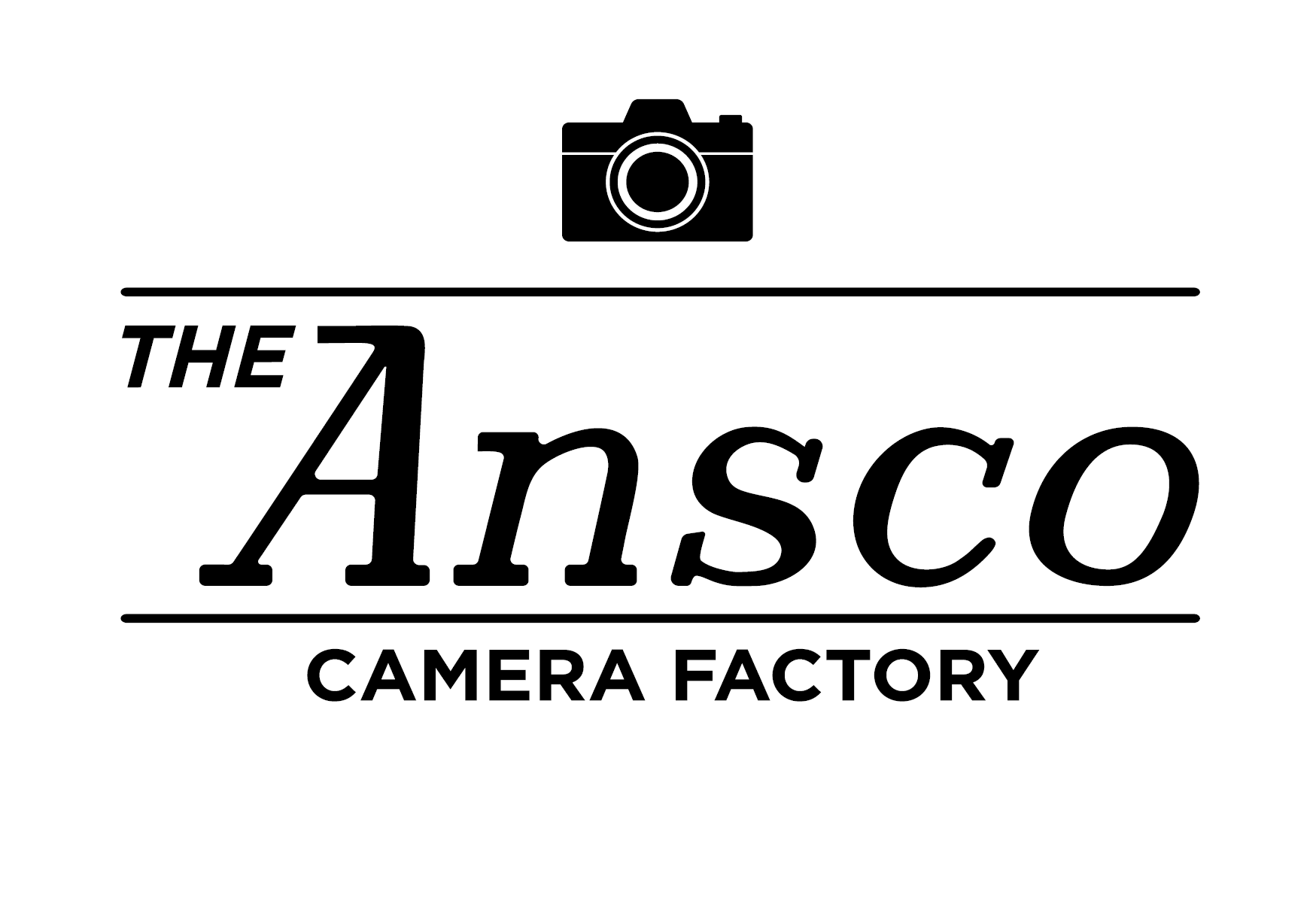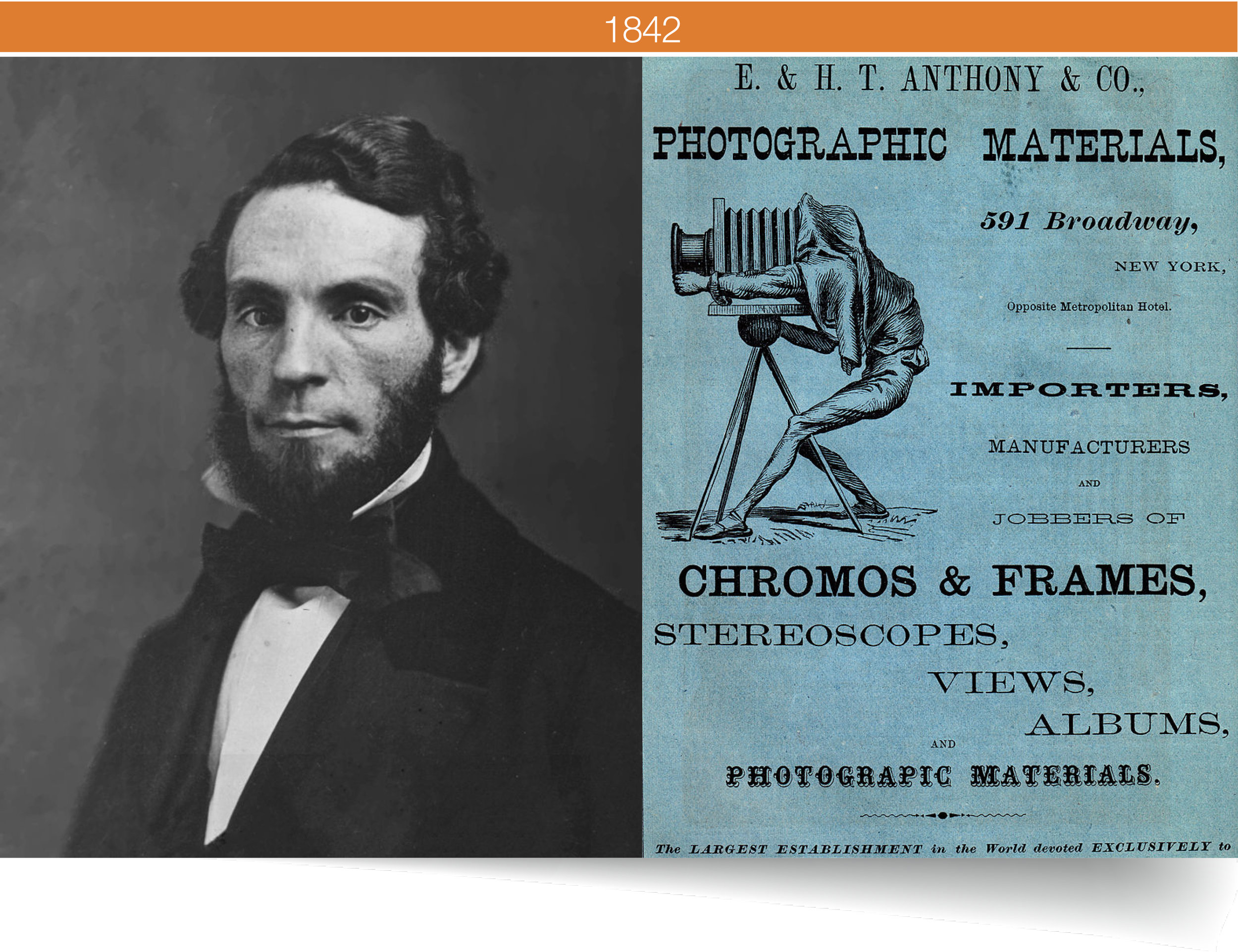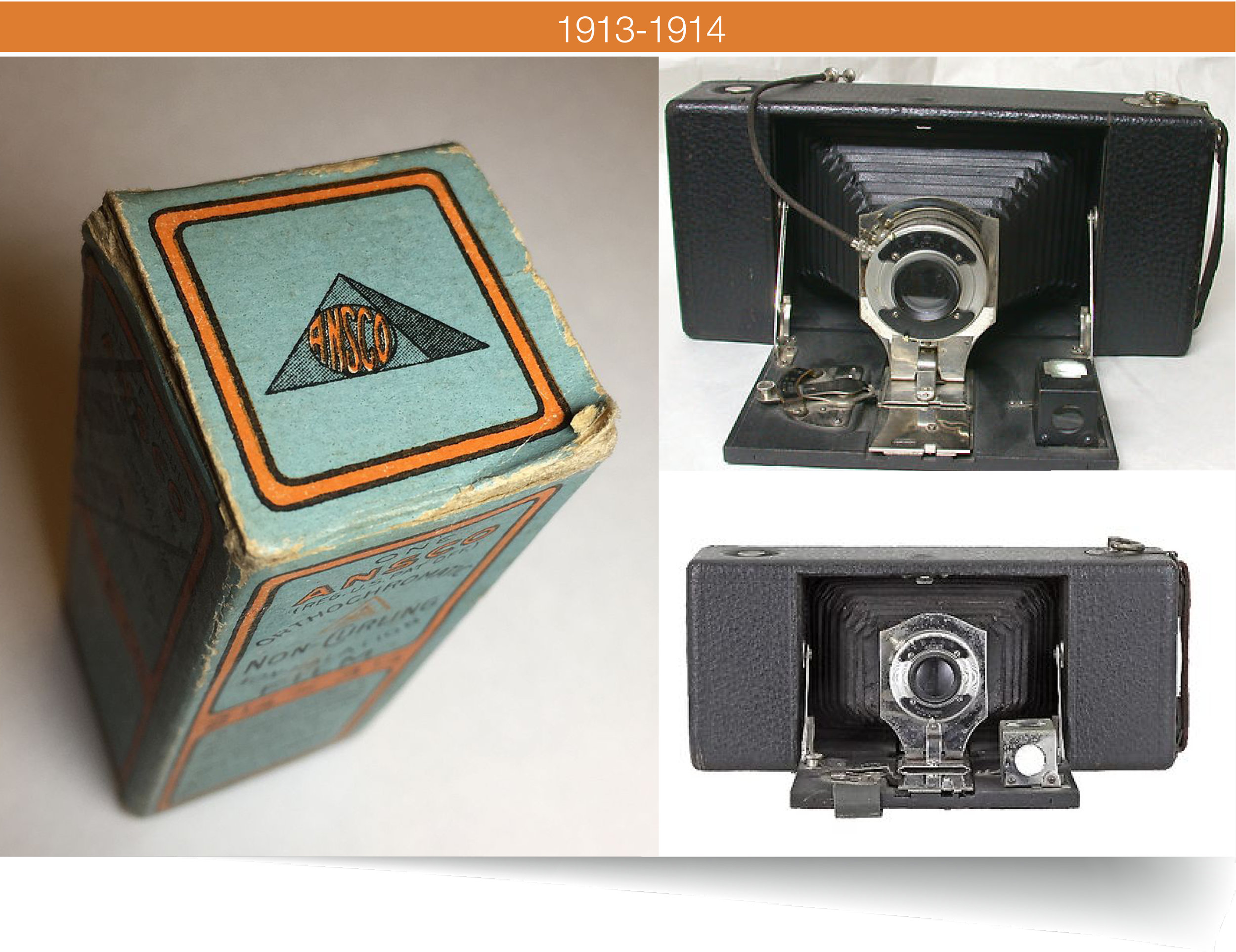16 EMMA STREET. BINGHAMTON, NY
ANSCO CAMERA FACTORY
WHERE MODERN LUXURY MEETS ICONIC HISTORY
The Ansco is a historic-mixed-use building with 100 modern luxury lofts and commercial space located just minutes from Downtown Binghamton, Binghamton University’s Johnson City campus, and United Health Services Johnson City campus. We take our name from the famous camera company that operated within the building for over 40 years. The rehabilitation of this historic site creates a new beginning for one of the county’s most prominent industrial assets from the 20th century. The Ansco Camera Factory building shows a viable path towards a continued era of positive growth for Binghamton in the 21st century
JOIN US IN BRINGING THIS HISTORIC FACTORY BACK TO LIFE!





























